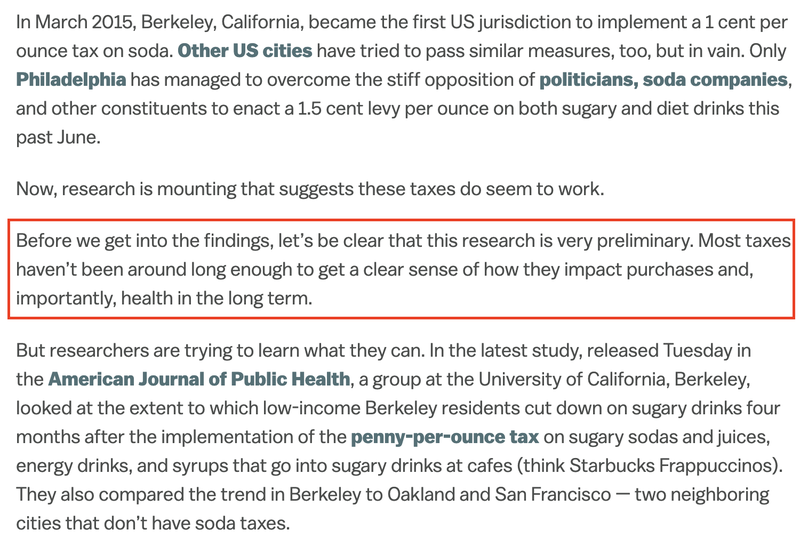Health and Medicine
Guidelines for reporting on medical research
1) Don’t just report on the results. Describe the study itself– including who conducted it, what they were trying to figure out, their methods, participants, and any limitations in the data.
DO THIS
A report discussing links between COVID-19 and blood pressure levels explains how researchers discovered that these have been on the rise since the beginning of the pandemic. In separate paragraphs, the report explains the study’s methodology, shares data the researchers collected, and draws attention to limitations (for example, how the study “measured only people who were able to access health care”).
DON’T DO THIS
A report highlights the results of a study that found a correlation between consumption of high-fat dairy products and a reduced risk of chronic kidney disease, but does not contain any information about how the researchers determined that “high-fat dairy can support kidney health.” Instead, the report includes a quote from an expert who stated that “the results of this study are very interesting. They have a good sample size, they did some robust statistical analyses.”
DISCUSSION
Results are one of the most important things to convey when reporting on medical research, but methods and evidence are important, too. Quoting experts is helpful, but in order to get audiences to think critically about the validity of a study’s findings, it’s best to discuss analyses, sample size and other factors directly.
These are some things to consider including when reporting how a study was conducted:
- Who conducted it?
- Who was studied, and how robust was the sample?
- What were the limitations?
- Who funded the study?
- When and over what period of time was the study conducted?
- How was the data analyzed?
- Was this study peer-reviewed?
2) Help audiences understand the limitations of the data, and report on inconsistencies, unknowns, and uncertainties.
DO THIS
An article offers this qualifier: “Before we get into the findings, let’s be clear that this research is very preliminary. Most taxes haven’t been around long enough to get a clear sense of how they impact purchases and, importantly, health in the long term.”

DON’T DO THIS
An article exploring the health impacts of soft drink taxes quotes an official AAP policy statement declaring that “studies show that a sugary drink tax would be the most effective strategy to lower rates of childhood obesity. If implemented at a national level, it would prevent over a half a million cases of childhood obesity and save 31 dollars per dollar spent over 10 years.”
DISCUSSION
People often see medical science as something that dwells in the realm of certitude and unquestionable truth. But research rarely produces definitive results, and often, this is not what medical scientists are striving for. Help audiences understand the nature of the scientific process by conveying that medical studies can leave us with more questions than answers.
3) Make clear distinctions between correlation and causality. Don’t assume clear cause-and-effect relationships unless the study was designed that way.
DO THIS
An article discussing a Lancet study on dementia begins with the following statement: “While a new study showing a link between busy roads and dementia is important and interesting, it doesn’t show that living near such roads actually causes dementia. TL;DR: More research is needed.”
DON’T DO THIS
Another report on the Lancet study begins with the words “millions of people are at risk of dementia because they live near a busy road, scientists warn.”
DISCUSSION
The scientific study reported on in the above articles focused on dementia and Parkinson’s disease. It found that 10% of observed dementia cases occurred in people who lived within 50 meters of a busy road, and suggested that for these individuals, dementia might be associated with traffic exposure. But the study makes no causal claims. To avoid mistakes like that seen in the second example, go to the source, and check to see whether the published study actually uses cause-and-effect language. It is perfectly fine to acknowledge in reporting that researchers do not know everything and that more work is needed to better understand what influences shape an issue.
- Previous
- Constructing headlines